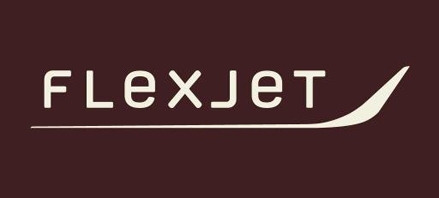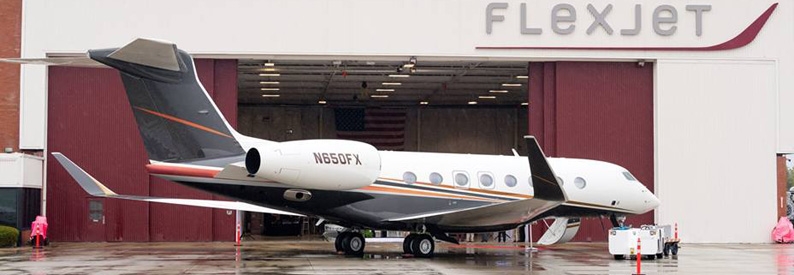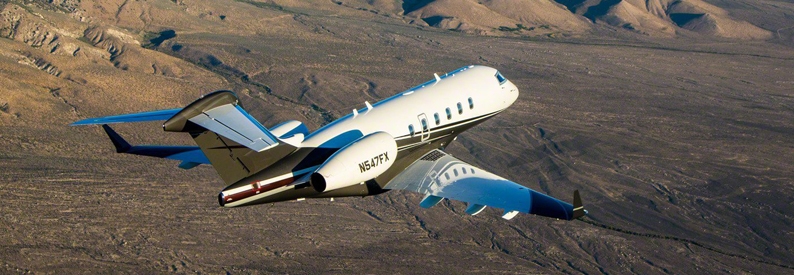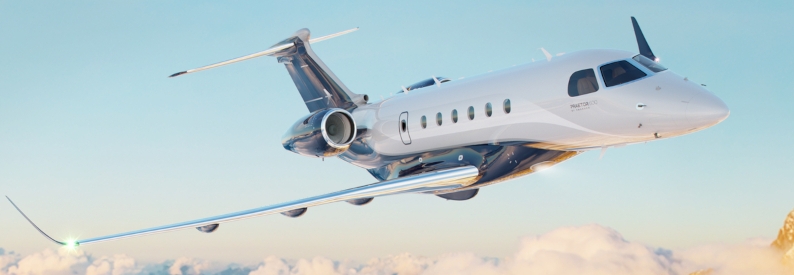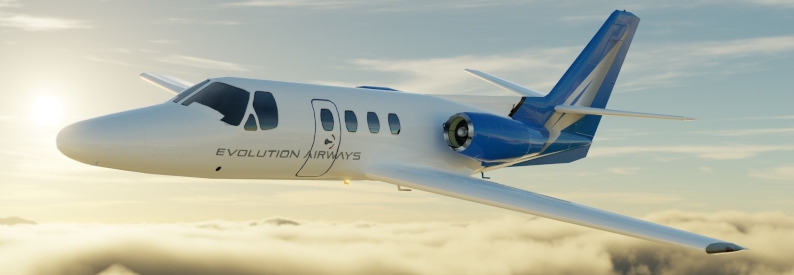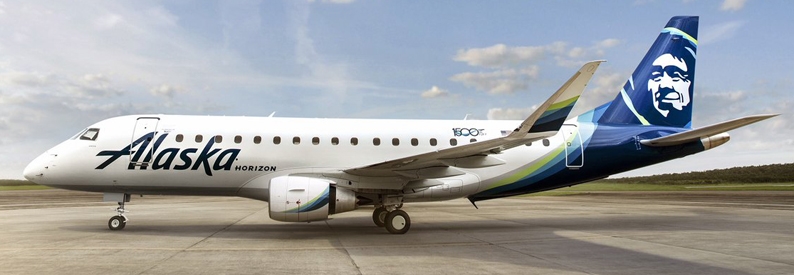Flexjet (LXJ, Cleveland Cuyahoga Country) is seeing an increasing influx of younger customers, who are often looking directly for super-midsize and large jets rather than the entry-level light jets, chief executive Michael Silvestro told ch-aviation in an exclusive interview. While the operator still plans to grow its fleet of Phenom 300Es, it is now adding the long-range G700 type to its fractional ownership programme.
"For the last handful of years, we've noted a decidedly younger flyer. A generation ago, people waited into their mid to late 50s, early 60s to start flying. Now, the number of early to mid-40s customers has drastically increased. We have captured 10 years of additional flying for this whole younger tranche of people. Secondarily, they're not starting with light jets or small jets and moving up to larger ones; they're jumping right in to mid, super-mid, and heavy aircraft. The segment lengths have increased; the world is getting much, much smaller. So we've seen younger customers, larger aircraft, and longer trips. Our fleet strategy has reflected that," Silvestro outlined.
The company officially inaugurated the G700 in its fleet on September 17, 2025. It advertised the fractional ownership of the type as an immediate pathway to bypass the "years-long manufacturer backlog" for prospective owners. It highlighted that with the low number of G700s available globally, Flexjet's programme is a convenient option to gain access to the in-demand type.
The G700 will be the largest and longest-range type operated by Flexjet under its flagship fractional ownership scheme. The operator added the first unit of the type, N100FX (msn 87041), earlier this year, and currently has three G700s on its US certificate. The operator placed an order for at least sixteen G700s in 2019.
The G700 will join the G650 and the G450 as Gulfstream Aerospace types included in Flexjet's fractional ownership programme. The company currently operates ten G650s, five G650(ER)s, ten G650ERs, twenty-four G450s, and six G450LXi on its Part 135 certificate.
"We were really excited about adding the G700. When we think about what our customers are desiring, Flexjet has moved to more of a luxury experience. We're not just a utilitarian provider that moves you from point A to point B; there are plenty of people who do a very good job with that, but to do that as well in a luxurious fashion - I think Flexjet does that the best, and that's where we've seen a tremendous amount of demand. And there's no better aircraft to do so at the high end of the market than the G700," Silvestro said.
He conceded that the G700 expansion will be incremental, but he remains optimistic about the type's fleet increasing over time and would like to operate "as many as possible" down the line. Most of the new aircraft will be for growth, although some might provide opportunities for current owners of smaller types to upgauge. Silvestro estimates that around four-fifths of all G700s joining Flexjet's fleet will be incremental.
Other segments
Flexjet's fractional ownership programme currently also covers the Challenger 300 family (with a fleet of thirty-eight Challenger 300s, forty-three Challenger 350s, and twenty-two Challenger 3500s), the Praetor type (sixty-nine Praetor 500s and fourteen Praetor 600s), and the Phenoms (thirty-seven Phenom 300s and twenty-seven Phenom 300Es), as well as S-76 helicopters.
Despite the trend towards midsize, super-midsize, and large jets, Flexjet still considers light Phenoms an important part of the mix. "We will never go completely away from the Phenoms," Silvestro stressed, but added that this year, only just above 10% of all new deliveries will be from that family.
The mid- and super-midsized aircraft remain the cornerstone of the fleet. In the US, they fit just below the cabin crew requirement, although the operator provides one cabin crew member on them in Europe.
"The sweet spot is going to be from the midsize, which is Praetor 500, through the Challengers and Praetor 600s all the way up to the Gulfstreams, the G450s, G650s, and G700s," Silvestro outlined.
Earlier this year, the company announced a new order for 182 Embraer Executive Jets with another 30 options. At that time, Flexjet said the majority will be Praetor 500s and 600s, with a smaller number of Phenom 300Es. Silvestro revealed that under the current plan, roughly 20% of the order will be the light jets.
Deliveries from the earlier orders from the Brazilian manufacturer will continue until the end of 2025, and the new batch will start delivering in early 2026. Silvestro underlined that despite the ongoing trade and political tensions between Brazil and the US, the order is not threatened. "Embraer has really managed the tariffs, and certainly our relationship has remained strong and consistent throughout," he said.
Flexjet is not currently actively looking to add another type to its fleet as its current aircraft cover all market segments, although Silvestro underlined that the company would remain on the lookout for new technologies. He added that given the strong demand for super-midsize jets, Flexjet will retain both the Praetor 600 and the Challengers in its fleet.
Market outlook
While Flexjet offers a number of various services, including jet cards and aircraft leasing, fractional ownership remains its strongest business. Silvestro attributed this to a number of factors, including Flexjet's investment in fleet and luxury experiences, but also a higher degree of privacy afforded by fractional flying compared to fully-owned aircraft.
"It's not only the convenience but the consistency of service, the products themselves, the airplanes that we fly, our Red Label programme [which offers dedicated crews, personalised layouts, and newer aircraft], and a young fleet, but there's also anonymity involved," he said.
Flexjet is planning to continue investment in luxury experiences as the core strength of its brand. This will be aided by a USD800 million equity investment led by LVMH, the world's largest luxury goods conglomerate.
"LVMH recognised us as exactly where they also want to be and where they see the future of luxury. So it is a very strategic investment on their part, and the collaborations and ideas we've had are endless," Silvestro said.
The executive stressed that branded infrastructure is a very important part of Flexjet's offering. Last year, the company announced plans to build its own terminal at Farnborough, its first terminal outside the United States, and earlier this year disclosed a similar plan for Scottsdale, AZ. It is also developing terminals at Miami Opa-Locka, Bozeman, and West Palm Beach International in addition to the six already operating.
"We plan on using a lot of the recent investment for a combination of expanding our fleet, the continued investment in infrastructure, like our branded FBOs in strategic locations, and then lastly to continue investing in these luxury experiences that enhance our owners' relationship with Flexjet, and allow them to enjoy their travel and enjoy us, and build that relationship in a much more meaningful way. So it really is a trifecta of the strategic part of what we're up to," Silvestro summarised.
Global growth plans
Flexjet's business remains heavily concentrated in the United States, and Silvestro does not expect that to change significantly, although some growth in Europe is likely. While he acknowledged that the political and social climate around business aviation in Europe is "adversarial," there is still strong demand across various aircraft segments on the continent.
Flexjet operates two European AOCs, Flexjet Operations (United Kingdom) (with a fixed-wing fleet of three Praetor 600s) and Flexjet Operations (Malta) (with sixteen aircraft across various segments).
Natural progression for Flexjet is to seek more business in the Middle East, a high-growth area. Silvestro hinted that this would also be a region for infrastructure investments going forward. Any locations in the Far East would come only later, once the company has a stronger presence in the Middle East.
- Type
- Base
- Aircraft
